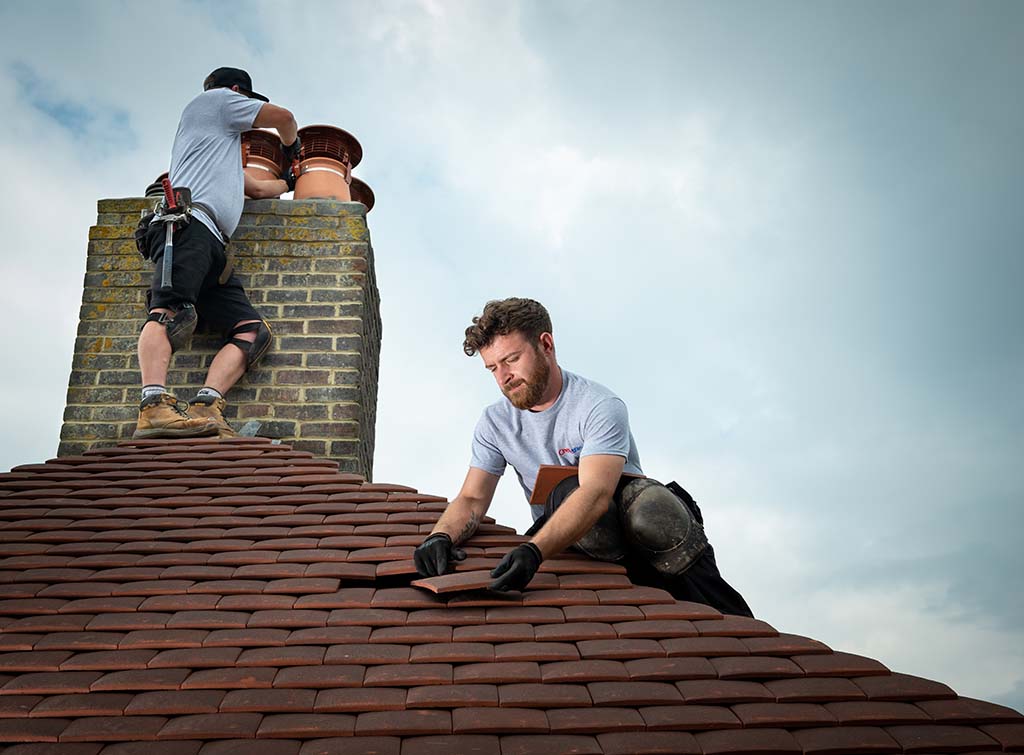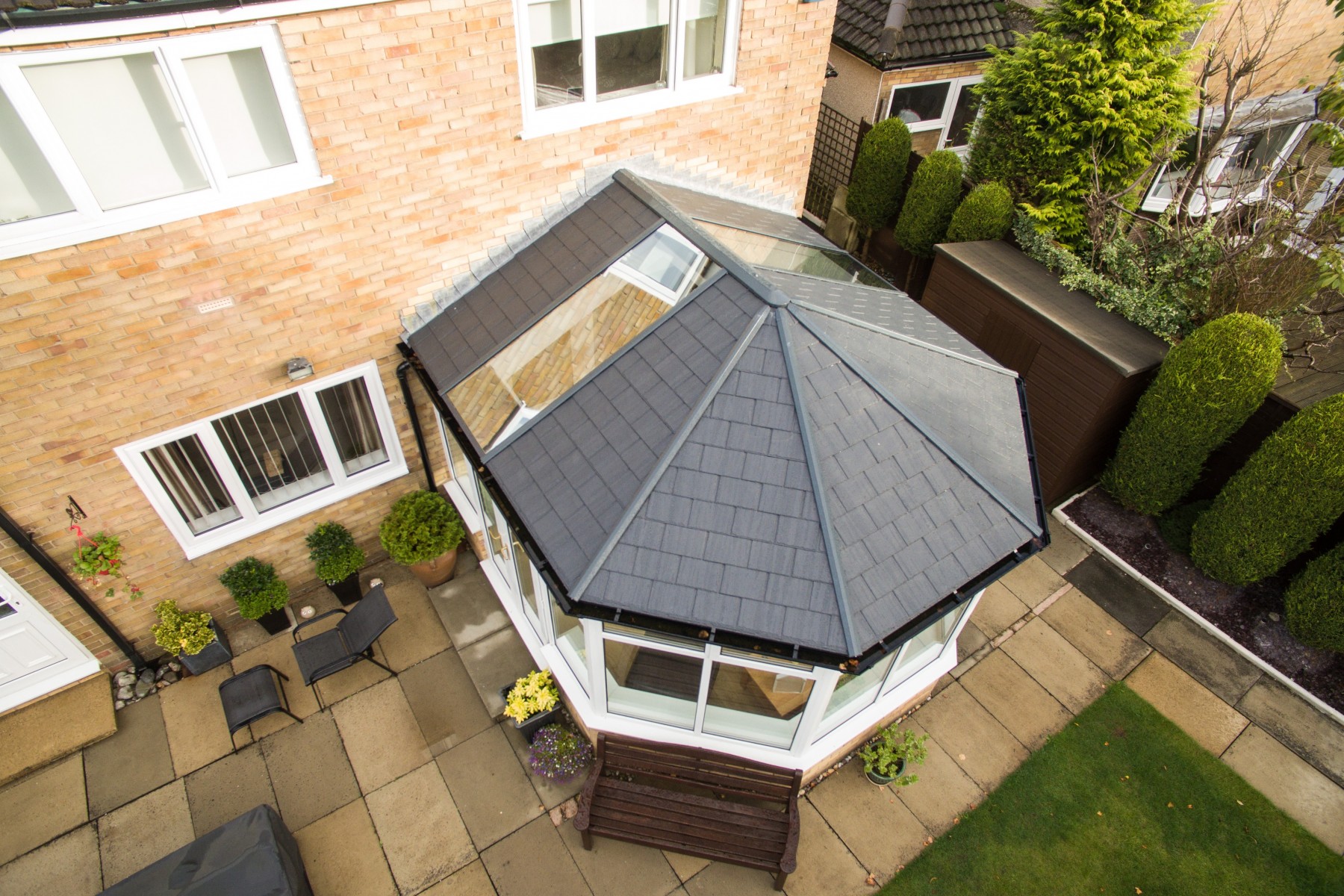
The lifespan of roofs in the UK is heavily dependent on how they are maintained and the materials used. The traditional choice for British houses is slate and clay tiles. These can last up to 100 years when installed and cared for properly. Concrete tiles offer a more affordable option and are still durable for 40-60 years. This makes them an attractive choice for homes of today. Felt roofs, often used on extensions and garages, usually have a shorter life expectancy of 20 to 30 years. Patch repairs can be expensive and may not extend the roof's life. Getting a professional roof survey can help determine whether replacement is necessary and what options are best suited to the specific structure and location of your home. Factors such as ventilation, roof pitch, and underlayment condition should also be considered during assessment.
Leaks that are frequent and persistent can be a sign of a need to replace shingles. While minor leaks may seem manageable at first, they can lead to significant water damage over time if left unaddressed. Water can seep into the insulation, weaken the roof structure, and create the perfect environment for mold and mildew to thrive. Another indication that a roof needs replacing is visible sagging, which suggests that the underlying structure has been compromised. If tiles or slates are missing, cracked, or curling, this could also be a sign that the roof has reached the end of its lifespan. This can not only be a problem for the look of your home, but it also poses a safety risk. It is important to have the roof replaced before the problems worsen.
The process of Typical roof replacement prices in the UK begins with a thorough inspection by a professional roofing contractor. Contractors will determine if a complete replacement or repairs are needed after assessing the extent of damage. The old roof materials will be carefully removed and any damages to the decking underneath the roof will be inspected. In some cases, the underlying structure may need repair before the new roof is installed. The new roof materials will be installed once the underlying structure has been secured. This process can take several days, depending on the size of the roof and the complexity of the job. You should hire an experienced contractor with experience in the type of roofing you have. Different materials and designs will require different methods. To acquire extra details kindly go to www.roofadvisor.co.uk/how-much-does-a-roof-replacement-cost-in-the-uk/

When planning to replace a roof in the UK, timing is incredibly important. The best time for such a project is during the spring or early autumn, when weather conditions are generally more predictable. Cold winters and wet summers can cause project delays or complications, especially if the roof is left exposed for too long. The homeowner should consider the length of time it will take to complete the project. A full roof replacement can typically be completed in between one week and two weeks depending on how large and complex the home is. During this time, scaffolding will be erected, and the property may be noisier than usual. Planning ahead by informing neighbours and preparing for minor disruptions can make the experience smoother. A well-organised roofing team will work efficiently to complete the job while ensuring safety and cleanliness throughout the process.
When replacing a UK roof, it is important to ensure that all work adheres to local building codes. You may have to obtain planning approval or building regulation approval depending on the property type and extent of work before you begin the roof replacement. In some cases, particularly in conservation areas or with listed buildings, stricter rules apply regarding the materials and methods used for roof replacements. It is essential to work with a roofer who is familiar with these regulations and can ensure that the replacement is carried out in compliance with all legal requirements. Failure to comply with these regulations can lead to fines and the necessity to replace the roof using approved materials.